In this passage, there is a controversial phrase: "car bowl", does it have anything to do with... cars?
Of course not.
The bowl, which is familiar to Vietnamese people, everyone has seen and used it, but why is the large, deep bowl so "unpopular"?
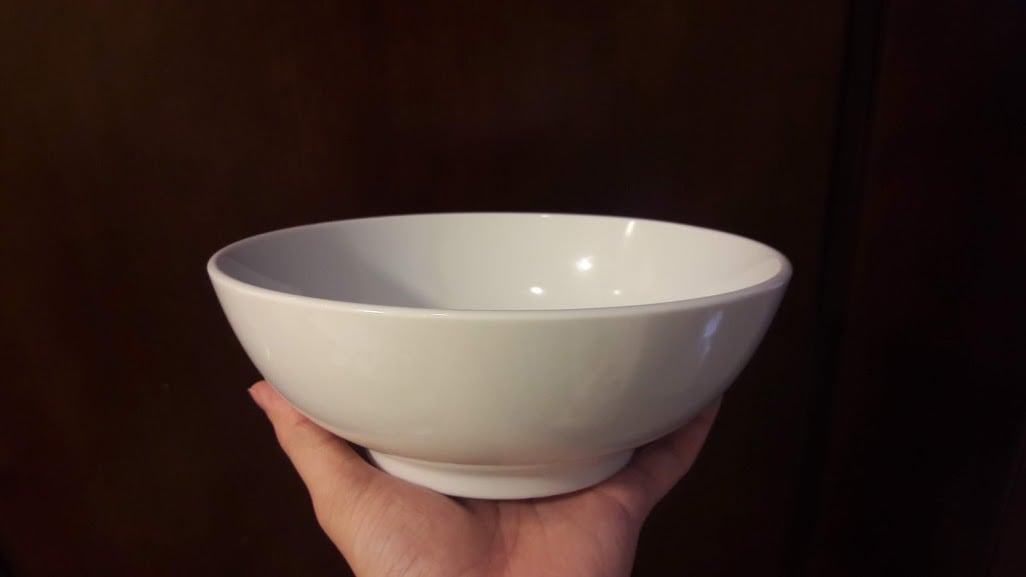
Where did the "car bowl" come from? (Illustration from the Internet)
Recently, a column discussing Vietnamese on social networks referred to an article in the magazine "Tia Sang" published on May 16, 2016 by author Hoang Hong Minh. This article explained: "It is very possible that people called the original French soup "pot-au-feu" (read as "pô-tô-phơ") as "ố-tô phở" (omitting the letter "p" which did not exist in Vietnamese later), and then further simplified it into "tô phở" (omitting the difficult-to-pronounce letter "po"). Then, later on, the word "ố-tô" or "tô" was roughly understood as "a big bowl to eat this soup", "ố-tô bowl", or "tô" bowl to eat that soup has now been shortened to the dish... phở".
Here, we do not debate or discuss the origin of the name of the dish pho, we only conclude that the explanation of the car bowl as above is completely unconvincing, just a vague speculation, without any clear evidence.
The book "Nguyen Cong Hoan - great realist writer" (Writers Association Publishing House - 1993) compiled by Le Minh, in which the father of the character Kep Tu Ben explains: "The type of large bowl used to hold soup with a gradually wide and sloping edge, not narrowing inwards, is called an auto bowl. The reason is that teapots, cups, plates, etc. that are somewhat similar in appearance, to distinguish them, we name them by the drawing on the edge to decorate them, for example, a bowl with a drawing of a river and a boat, and a poem about Vi Thuy River, is called a Vi Thuy bowl. A vase with a drawing of eight fairies is called an eight-fairy vase. An auto bowl is a bowl with a drawing of Co To wharf, Han Son pagoda and a boat moored there. The poem reads:
Hanshan Temple outside Co To city
The night is over and the boat is empty.
Translation:
Whose boat is moored at Co To port?
Midnight hear the bell of Han Son temple
According to that verse, we call that type of bowl "co to bowl", then later it is mispronounced as "o-to bowl" (p.352-353). This explanation is correct. That's right. The original name was Co To bowl, "Dai Nam quoc am tu vi" (1895) recorded: "The bowl was made in Co To. The bowl is big and skillful". This type of large bowl, later made of enameled iron, white inside, green outside, the army gave it a new name "B.52 bowl".
Source







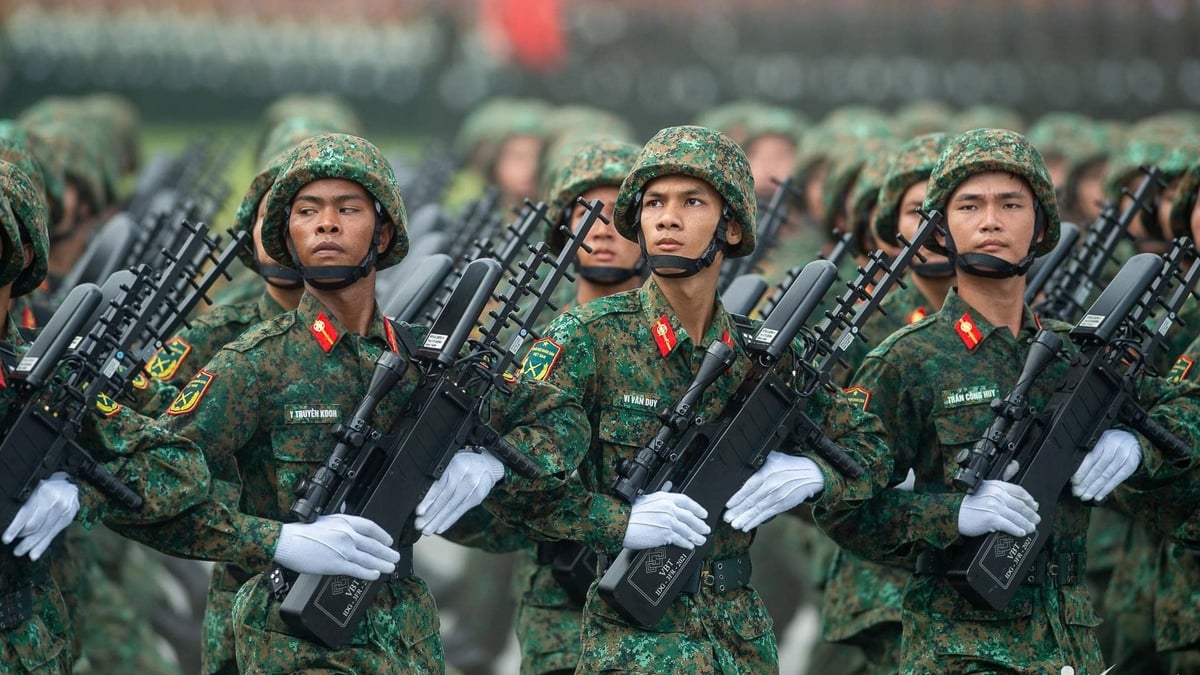

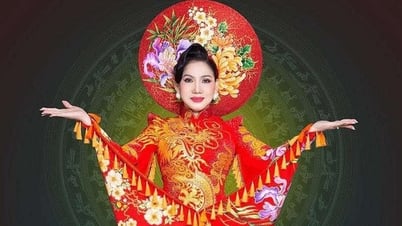


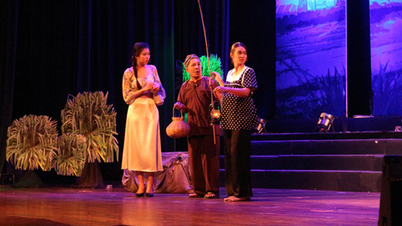




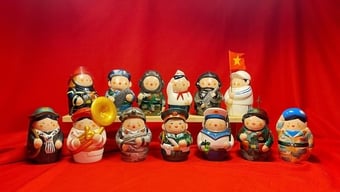
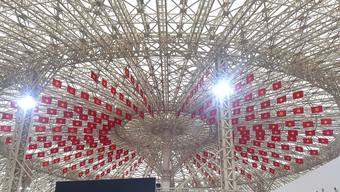
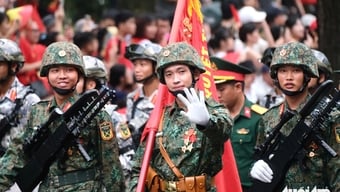


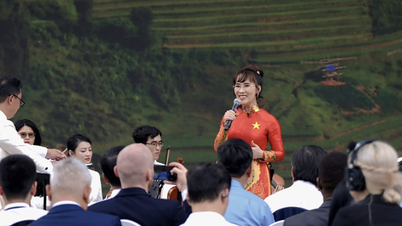


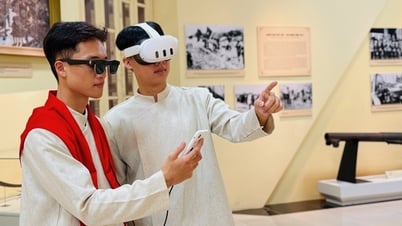
![[Photo] President Luong Cuong attends special political-artistic television show "Golden Opportunity"](https://vphoto.vietnam.vn/thumb/1200x675/vietnam/resource/IMAGE/2025/8/22/44ca13c28fa7476796f9aa3618ff74c4)
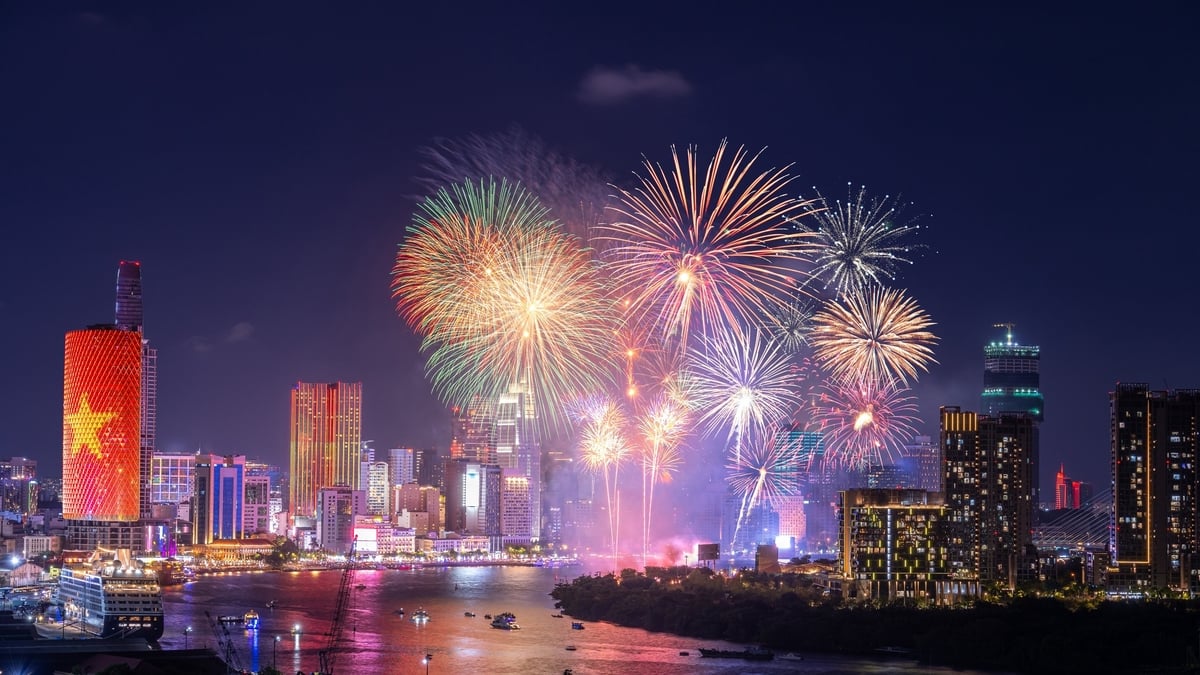
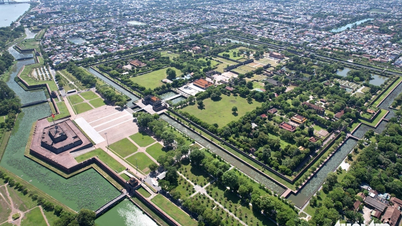
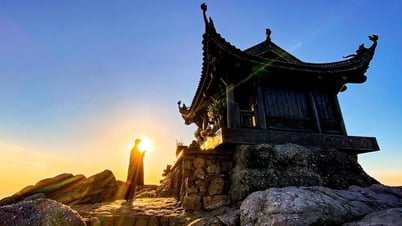

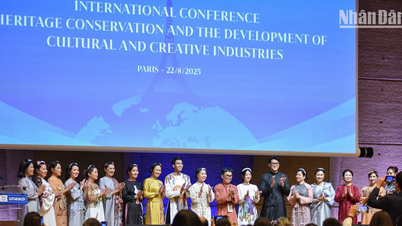

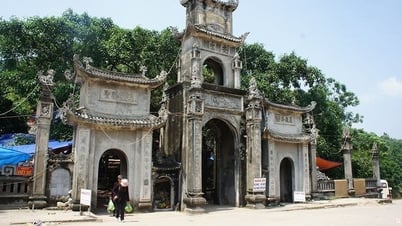
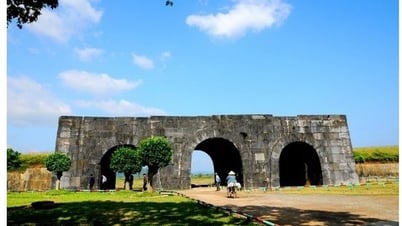

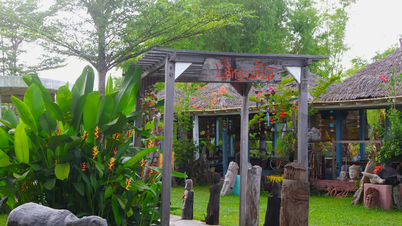



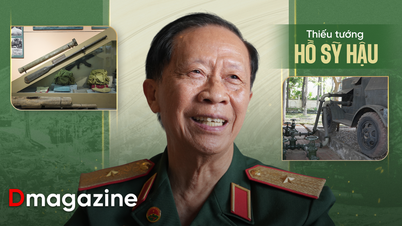

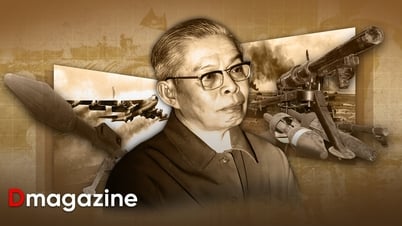
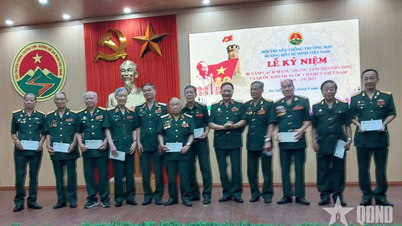

















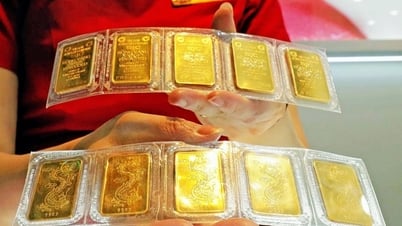


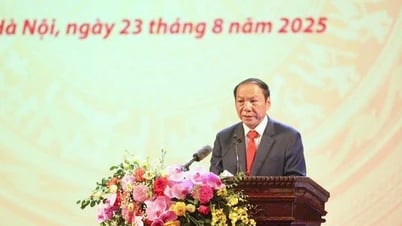


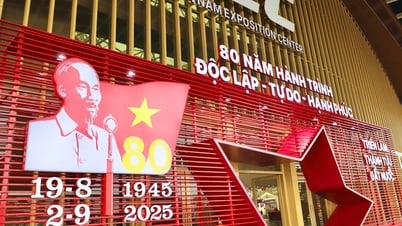


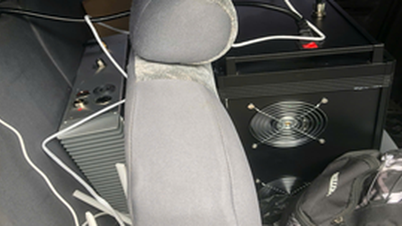

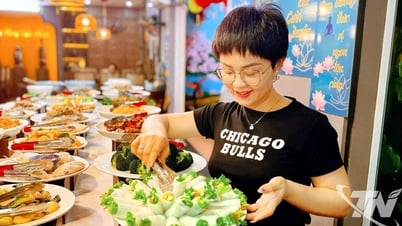


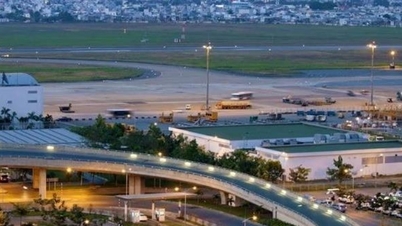

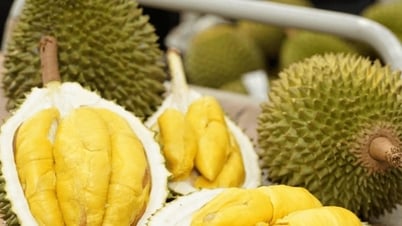
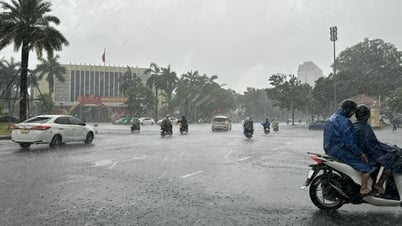

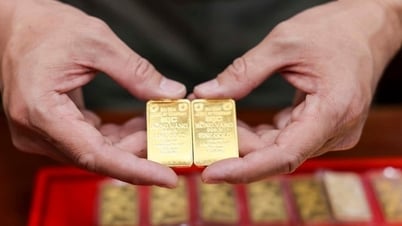


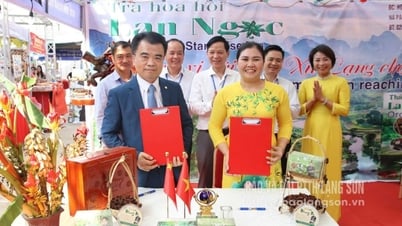

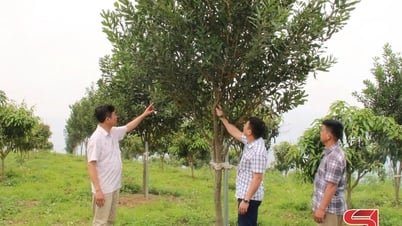




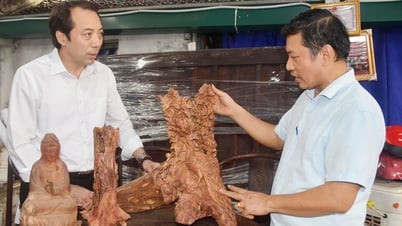






Comment (0)